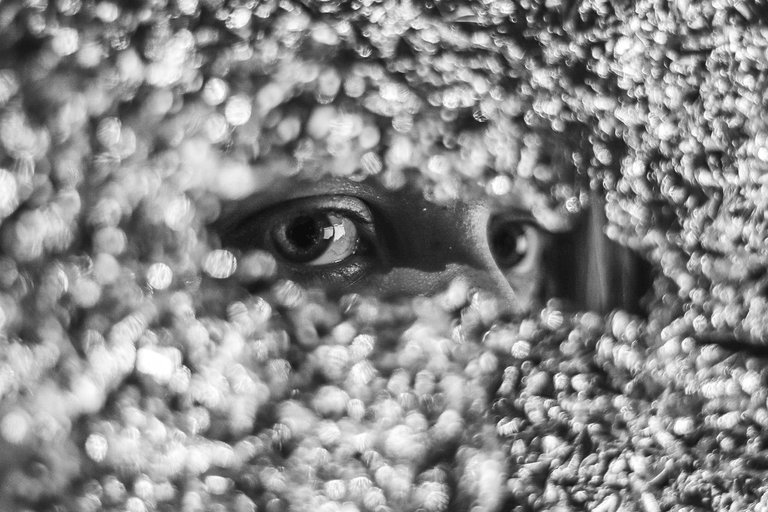Extremism In Art And Life
Given that we live in a very nuanced world, extremism can be both a blessing and a curse, depending on how we choose to look at it.
The blessing is that it saves you from the "excess content" that comes from having to navigate your way through in a nuanced world.
And the curse is the polarisation that comes with black and white thinking, the rigid adherence to ideologies and the instability that it brings.
Living on the edge may be seen as a necessary evil. Sometimes required to challenge the status quo, but often leading to unintended consequences.
Now, radical thinking is never accepted as the status quo. The latter can't function with the kind of disruption that extremism tends to brings.
It thrives on stability, predictability, and consensus, which are antithetical to radical changes or views.
During the renaissance era, many artists were considered radical and their work was initially met with resistance and much skepticism.
Given that he was more than just a painter, but also an inventor, scientist and engineer, Leonardo da Vinci is a great archetype on the integration of art with science, and how an extremist approach in creativity can lead to breakthroughs in multiple fields.
Also and from this lens, I keenly wonder and revisit what it means to be an artist?
Is it something more outward, like the hand you use to create, or more inward, like the mindset that operates a bit differently, as in not conforming to conventional thought processes?
With the later, being an artist transcends the act of creation into a way of living that constantly questions and redefines norms.
And your life can become a work of art, since your way of living becomes an expression of your unique perspective.
A Gateway For Change
I think extremism, when channeled through art(or personal philosophy), can be a catalyst for positive profound change.
Leonardo da Vinci's approach to life was one of relentless curiosity and boundary-pushing, which in many ways was an extremist stance against the norms of his time.
It is said that his notebooks were filled with sketches of flying machines(hundreds of years before their actual invention), anatomical studies, and endless questions about the world, such as the flow of water, and the mysteries of light and shadow.
Maybe, these were not the musings of an artist but the manifestos of a thinker who refused to accept the world as it was presented to him.
Or did he knew there was more to the world than what meets they eye, perhaps?
If we consider art as an extension of the self, then embracing an extremist mindset could mean taking an approach that turns daily life into an ongoing performance through which the artist's internal world is projected outwardly.
Or it could also mean living with a level of intensity and commitment to one's vision that challenges societal norms, thereby making one's entire existence a statement against conventional thought and behavior.
In both cases, the art is a lived experience and the act of living becomes the medium, and life itself takes the form of a gallery through which one's ideas, passions, and insights are displayed for all to see, critique, and ponder.
Now, there's a very thin line between genius and madness.
The shadow side of extremism must not be overlooked. Because the polarization it brings is a recipe for unnecessary conflict, endless misunderstanding, and constant division.
Yet, in the hands of an artist like da Vinci, such kind of tensions between radical creativity and accepted conformity is the very material from which unique new ideas and expressions are born.
In this regard, it is this duality that makes being an artist a complex identity, treading the fine line between known creation and unknown destruction.
So even in extremism or polarisation, you'll still find another set of nuances that you have to contend with.
Thanks for reading!! Share your thoughts below on the comments.


Thanks for the curation, I appreciate it :)
You're welcome